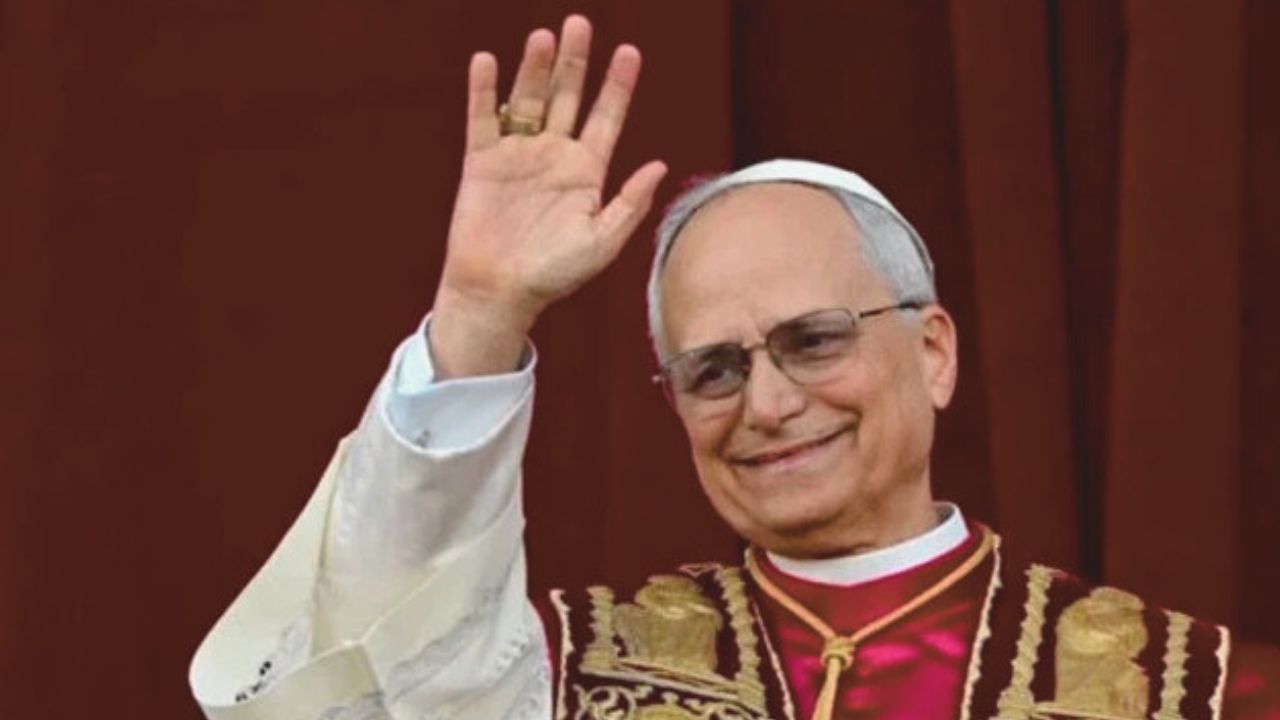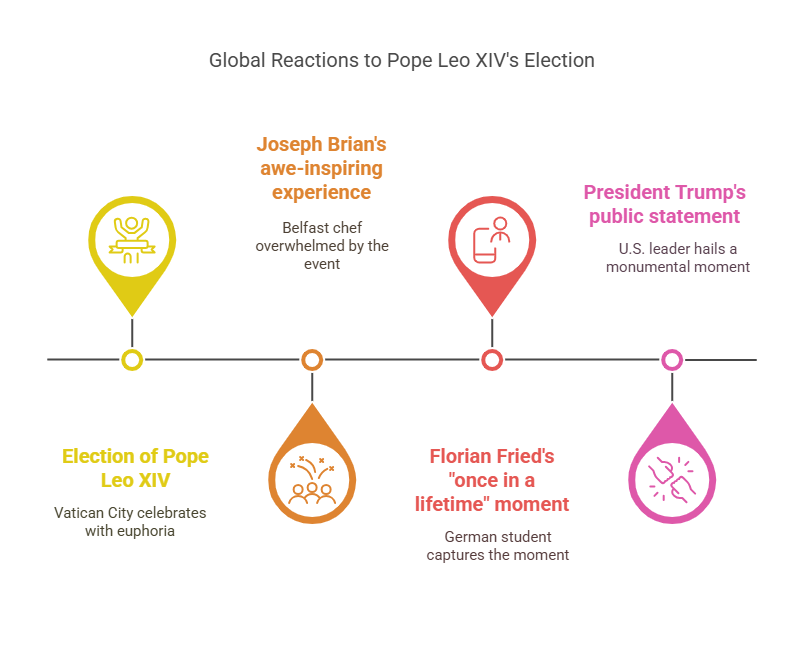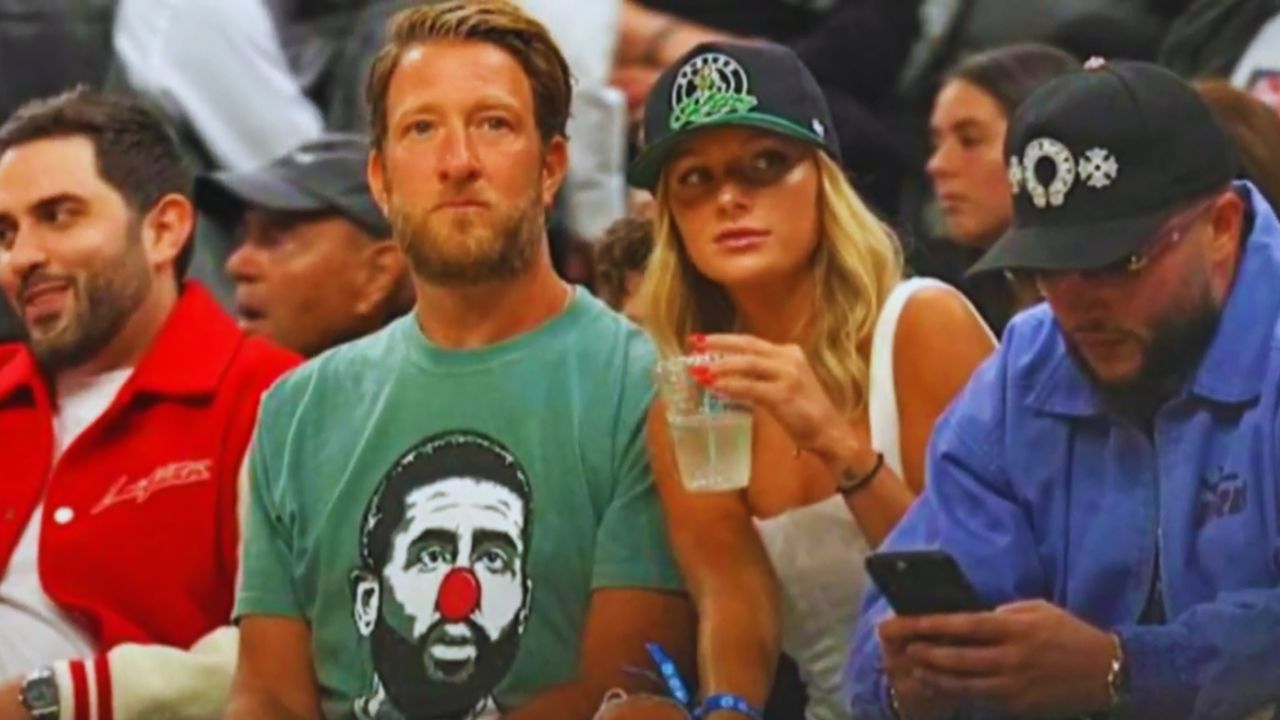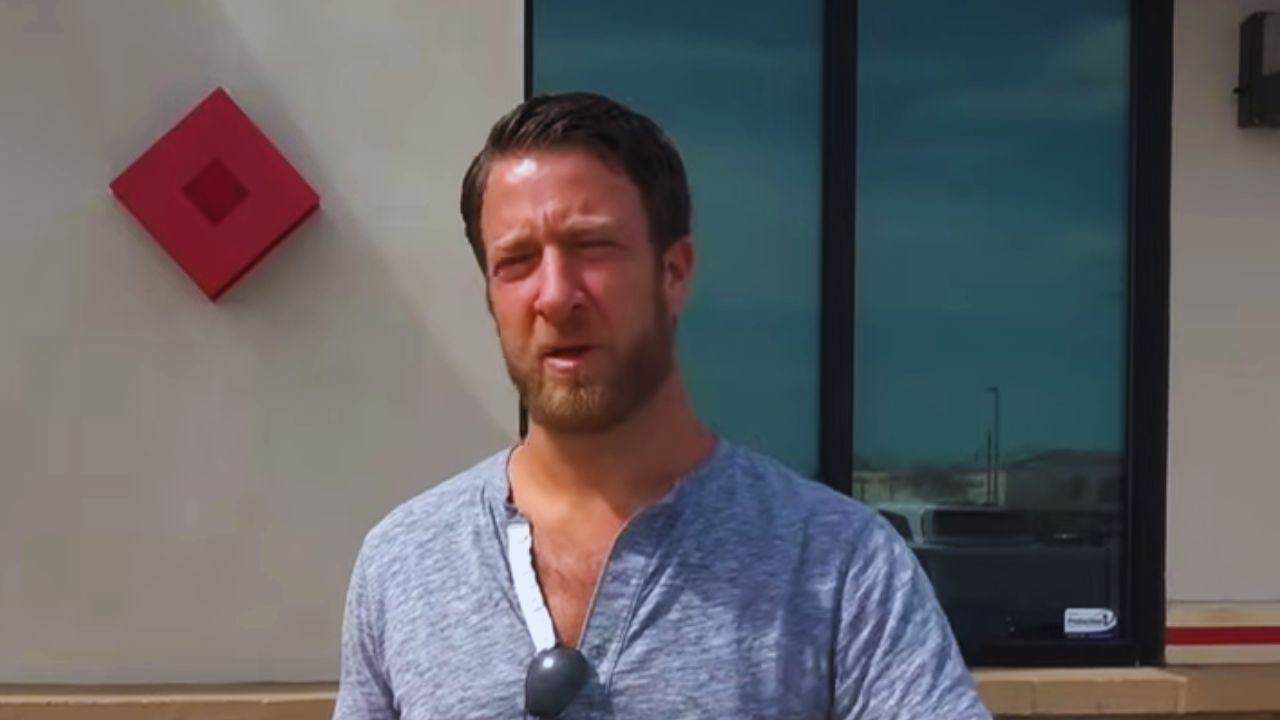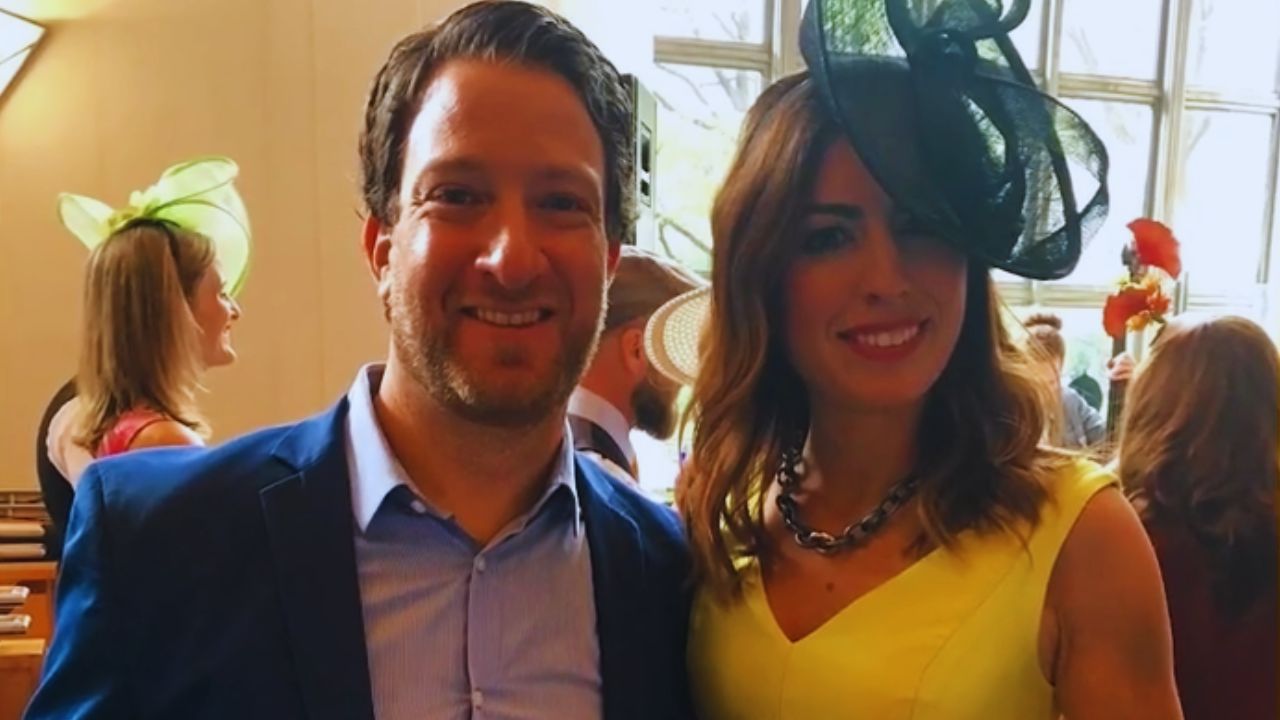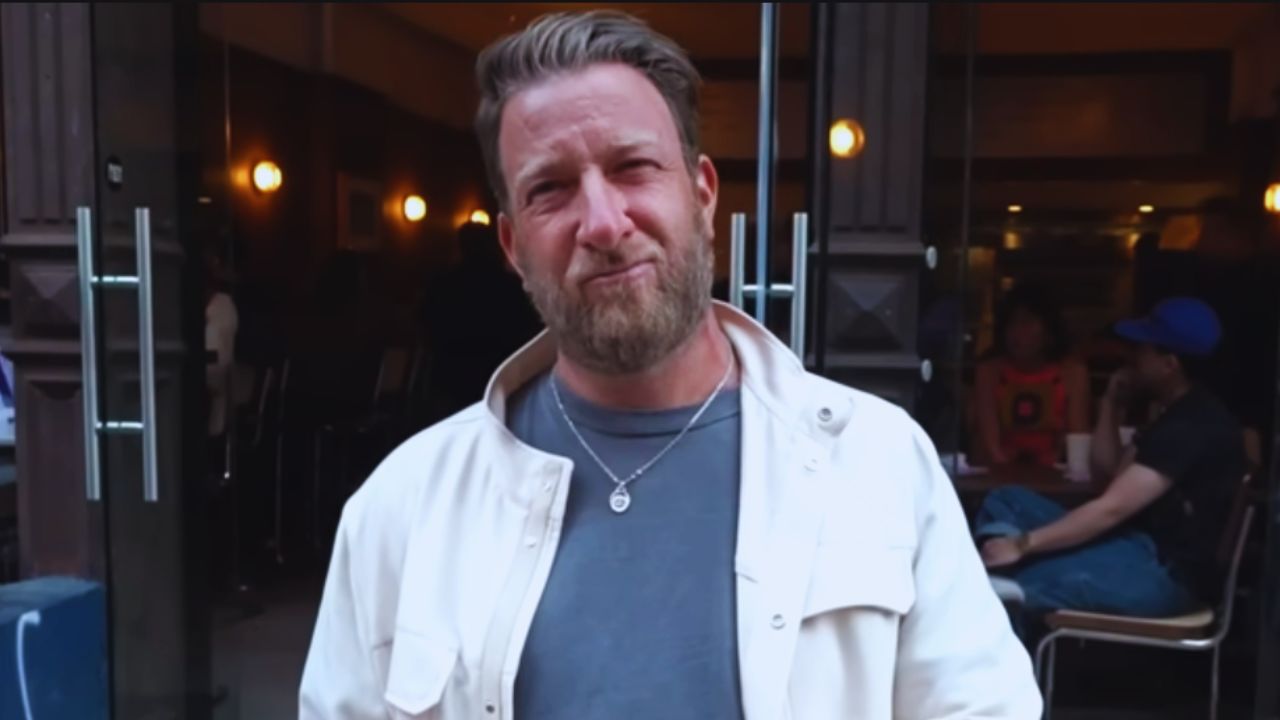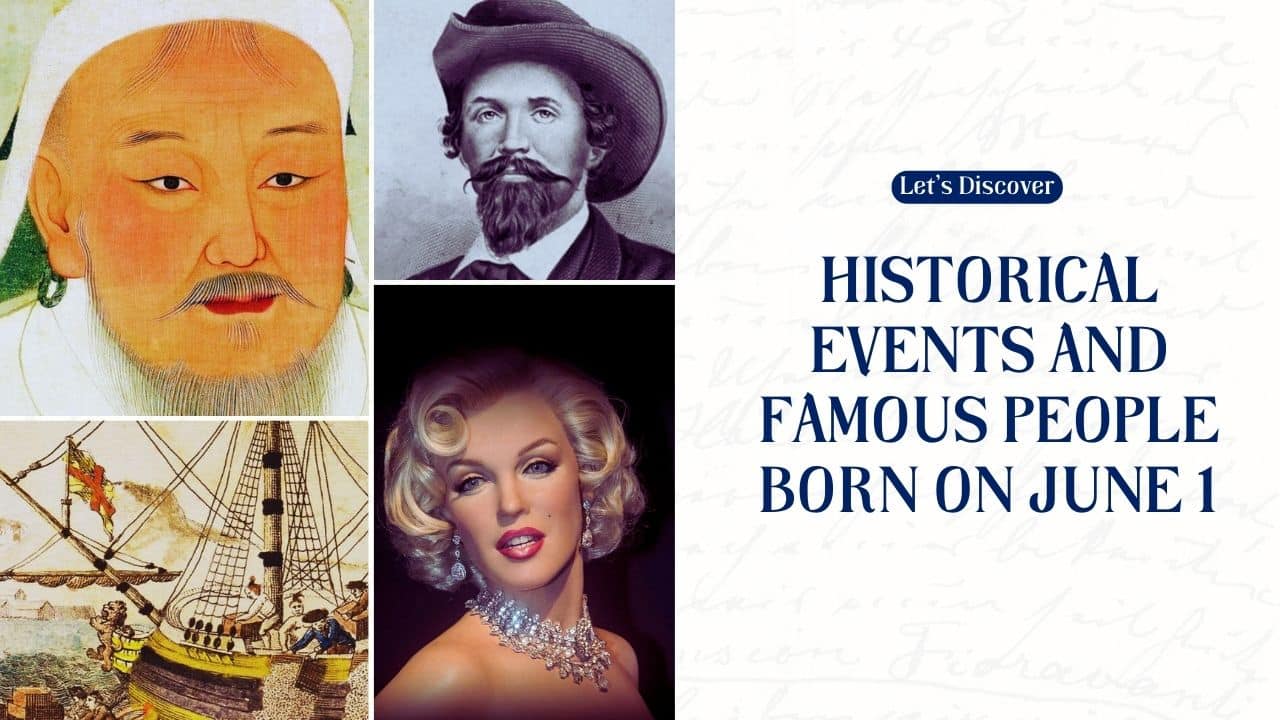On May 8, 2025, the Catholic Church entered a new chapter in its nearly 2,000-year history. Cardinal Robert Francis Prevost, a Chicago-born cleric and former missionary, was elected the 267th pope of the Roman Catholic Church. He becomes the first American-born pontiff to assume the role of the Bishop of Rome and has taken the papal name Leo XIV, following in the tradition of popes choosing symbolic titles reflecting their vision for the Church.
The announcement was made from the balcony of St. Peter’s Basilica as thousands gathered in St. Peter’s Square erupted into joyous celebration. The centuries-old ritual began earlier in the day when white smoke billowed from the chimney of the Sistine Chapel, signaling that the College of Cardinals had reached a consensus.
The momentous announcement — “Habemus Papam” (“We have a pope”) — was proclaimed by Cardinal Dominique Mamberti, the senior cardinal deacon. As Pope Leo XIV stepped forward, he greeted the crowd with a warm and humble message: “Peace be with you.” His appearance was met with an emotional response, with people cheering, crying, waving flags, and chanting “Viva il Papa!”
Election After the Death of Pope Francis
Pope Leo XIV succeeds Pope Francis, the Argentinian-born pontiff who passed away on April 21, 2025, at the age of 88. Francis, known for his progressive views, efforts to reform the Vatican, and advocacy for the poor, led the Church for 12 years.
The conclave of 133 cardinal electors — the most diverse in Church history, representing over 70 countries — convened inside the Sistine Chapel on May 7, following strict protocols that have governed papal elections for centuries. The process is secretive by design: cardinals take a vow of silence under penalty of automatic excommunication if they leak details of the proceedings.
Initial voting rounds on May 7 and May 8 resulted in black smoke, signaling no decision had been reached. But on the evening of May 8, shortly after 6:00 p.m. local time, white smoke emerged, indicating the election of a new pope. The event drew immense crowds both physically in Rome and virtually across the world.
Who Is Pope Leo XIV?
Born on September 14, 1955, in Chicago, Illinois, Robert Francis Prevost is a member of the Order of Saint Augustine. He was ordained as a priest in 1982 and spent nearly two decades as a missionary in Peru, where he later became the Bishop of Chiclayo.
He is bilingual and bicultural, holding dual U.S. and Peruvian citizenship, and is widely respected for his ability to bridge cultures. His pastoral style is known for being both compassionate and pragmatic, shaped by years of work in communities dealing with poverty and social upheaval.
In 2023, Pope Francis appointed Prevost as the Prefect of the Dicastery for Bishops, putting him in charge of overseeing the selection of bishops around the world — a powerful and influential role within the Vatican’s Curia.
Reactions from Around the World
The election of Pope Leo XIV was met with euphoria in Vatican City. Reports described scenes of jubilation as some priests danced, waved flags, and lifted crucifixes into the air. One priest from Brazil climbed atop a friend’s shoulders waving a flag, while groups of nuns prayed and sang in unison.
Among the crowd was Joseph Brian, a 39-year-old chef from Belfast, Northern Ireland, who attended the event with his mother. “I’m not an overly religious person,” he told AFP, “but being here with all these people just blew me away.”
Young people also expressed excitement. Florian Fried, a 15-year-old student from Munich, Germany, described the experience as “once in a lifetime.” Many attendees captured the moment on their smartphones while others held signs, flags, and religious symbols.
Political leaders also reacted swiftly. U.S. President Donald Trump issued a public statement, calling the event a “monumental moment for the United States and the Catholic world.” Leaders in Latin America, Europe, and Asia also offered congratulations and shared hopes for continued interfaith dialogue under the new papacy.
The Challenges Ahead for Leo XIV
Pope Leo XIV inherits a Church facing numerous internal and external challenges. Among the most pressing are:
1. Healing Church Divisions
The Church remains deeply divided between traditionalists and reformists. While many praised Pope Francis’s efforts to modernize the Church, conservatives often accused him of straying from core doctrine. Leo XIV must walk a tightrope between unity and reform.
2. Clergy Sexual Abuse Crisis
The ongoing fallout from global sexual abuse scandals has severely damaged the Church’s credibility. Pope Leo XIV will be under intense scrutiny to continue implementing strong measures for transparency, accountability, and justice for victims.
3. Declining Religious Participation
In Western nations, church attendance and vocations to the priesthood are at historic lows. Leo XIV will need to find new ways to reengage young people, particularly in secular societies.
4. Geopolitical Role
As head of a 1.4 billion-member Church, the pope’s moral voice carries weight on the international stage. The world faces war in Europe, conflicts in the Middle East, refugee crises, and growing nationalism — all of which call for steady moral leadership.
5. Climate and Migration
Pope Francis was known for his environmental encyclical Laudato si’ and his defense of migrants. Leo XIV is expected to continue this focus, but it remains to be seen whether he will double down or shift emphasis.
The Road to the Papal Throne: How the Conclave Worked
The process began with a Mass for the Election of the Roman Pontiff, after which the cardinal electors were sequestered in the Sistine Chapel. Each cardinal cast his vote on specially printed ballots, and the ballots were burned after every round.
If no pope was elected, a chemical was added to the burned ballots to produce black smoke. If a pope was chosen by at least two-thirds of the electors, the ballots were burned clean to produce white smoke, alerting the world.
This conclave concluded within two days, making it relatively quick compared to historical precedents. For example:
-
Pope Benedict XVI (2005): elected in four ballots
-
Pope Francis (2013): elected in five ballots
-
Pope Leo XIV (2025): likely four or fewer ballots
What Comes Next?
Papal Inauguration
The new pope’s official inauguration mass is expected to take place within a week, drawing political, religious, and civil dignitaries from around the globe. This will be followed by a ceremonial tour of St. Peter’s Square in the popemobile, as well as the delivery of his first homily, which traditionally outlines the new pope’s priorities.
Choosing the Right Name
By choosing the name Leo XIV, the new pope aligns himself with a legacy of leadership and reform. The last pope to bear the name Leo was Leo XIII (1878–1903), known for his groundbreaking encyclical Rerum Novarum, which addressed the rights of workers — a possible signal that Pope Leo XIV may continue championing social justice and economic fairness.
The election of Pope Leo XIV is more than a historical footnote — it represents a defining moment for the Catholic Church as it navigates an increasingly complex world. His American roots, Latin American pastoral experience, and Vatican leadership roles position him uniquely to bridge divides, inspire reform, and offer hope to millions of faithful.
As he begins his papacy, the world watches with cautious optimism, waiting to see how the Church’s first U.S.-born pontiff will shape the future of one of the world’s oldest and most influential institutions.


